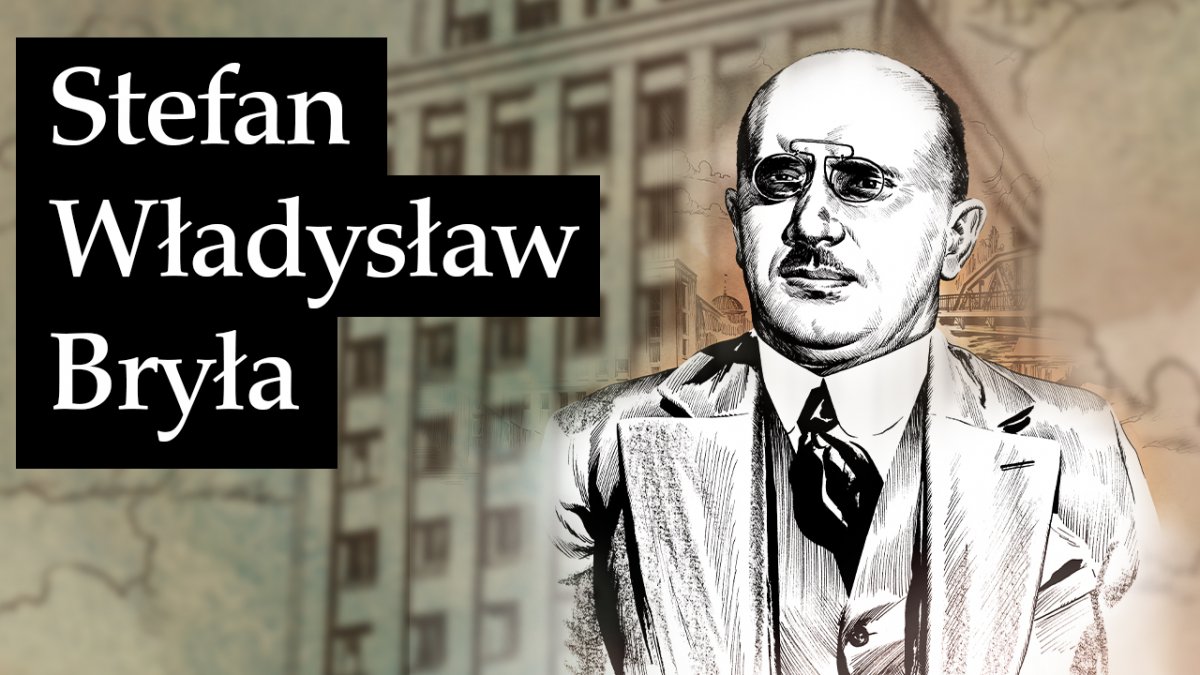Stefan Władysław Bryła (born 17 August 1886, died 3 December 1943)
Stefan Bryła was born in Galicia; he graduated from secondary school in Stanisławów and later the Engineering Department of the Lviv Polytechnic National University (1908), with which he was professionally involved until 1934 to then move to the Warsaw Polytechnic. He spent his apprenticeship in France and England as well as Canada and the US. His greatest achievements were associated with developing welded structures, both with regard to buildings and bridges. The most important constructions in which Bryła was involved as either the designer or consultant include the building of the National Museum, the PZU (insurance company) building and the building of the Postal Savings Bank in Warsaw. Outside the capital, he designed the building of the Jagiellonian Library in Cracow, the Market Hall and the building of the Tax Office in Katowice and the offices of PZU in Łódź.
He became famous worldwide for constructing the first welded road bridge on the Słudwia River and became a very popular figure after constructing the seventeen-storey building of the “Prudential” Society. It is also worth mentioning that in 1928, at the request of the Ministry of Public Works, Bryła developed a manual for welding steel structures in the construction industry, later used all over the world.
Bryła was not only an outstanding scientist and constructor but also a Polish patriot. In the autumn of 1918, he fought in battles for Lviv, and in 1920 – in the defence of Warsaw. Between 1926 and 1935, he was an MP. In 1934, he began his work at the Warsaw Polytechnic, holding the office of the Dean of the Faculty of Architecture in the years 1938-1939. From 1939, during the German occupation of Poland, he secretly continued to hold this office. This was not his only clandestine activity – as Director of the Department of Public Works and Reconstruction at the Government Delegation for Poland, he developed a plan for the post-war reconstruction of Poland. He also wrote instructions for the "Directorate of Diversion" - Kedyw describing the best ways to destroy steel bridges.
In November 1943, he was arrested by the Germans, along with his family, for participating in secret teaching. He was incarcerated in the Pawiak Prison for a short period and was killed during a street execution.
